Nissan Ambition 2030 – Playing Catch-Up?
By Edward A. Sanchez – Nov. 29, 2021
With the introduction of the Leaf EV in 2010, Nissan was arguably the first major OEM to bring an EV to the mass market. While early models had a modest range of 73 miles (117 km), and somewhat primitive (by today’s standards) air-cooled battery packs, they offered customers a practical, livable EV that worked for urban dwellers, and for those whose daily routine would work with the car’s modest range. But since the introduction of the Leaf, the car has had only one major redesign, and Nissan has only introduced one other long-range EV in the meantime, coming a full decade after the original Leaf. This week, however, Nissan is touting its Ambition 2030 initiative, in which the company is touting the roll out of 23 “electrified” models (15 of which the company claims will be EVs) and an overall 50% electrification mix in its global product line by 2030.
As we’ve noted many times on The Watt Car, the terms “electrified” and “electrification” can be nebulous ones and can mean anything from 48V stop/start systems to full-fledged battery electrics. Likewise, Nissan is using the terms to cover a broad array of powertrain technologies. As noted in the introduction, the company promises 15 new battery-electric models by 2030, out of a total of 23 new models.
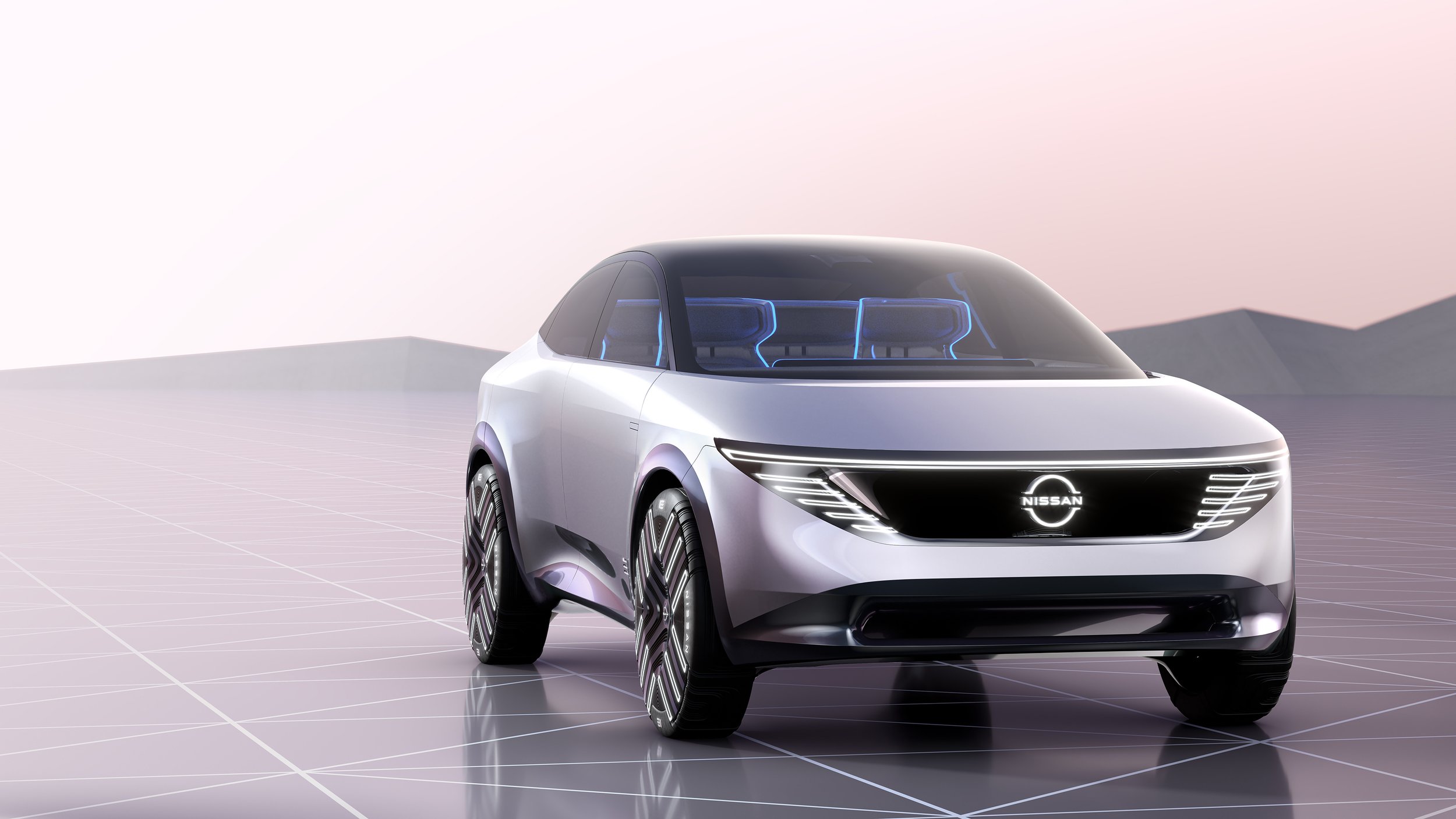
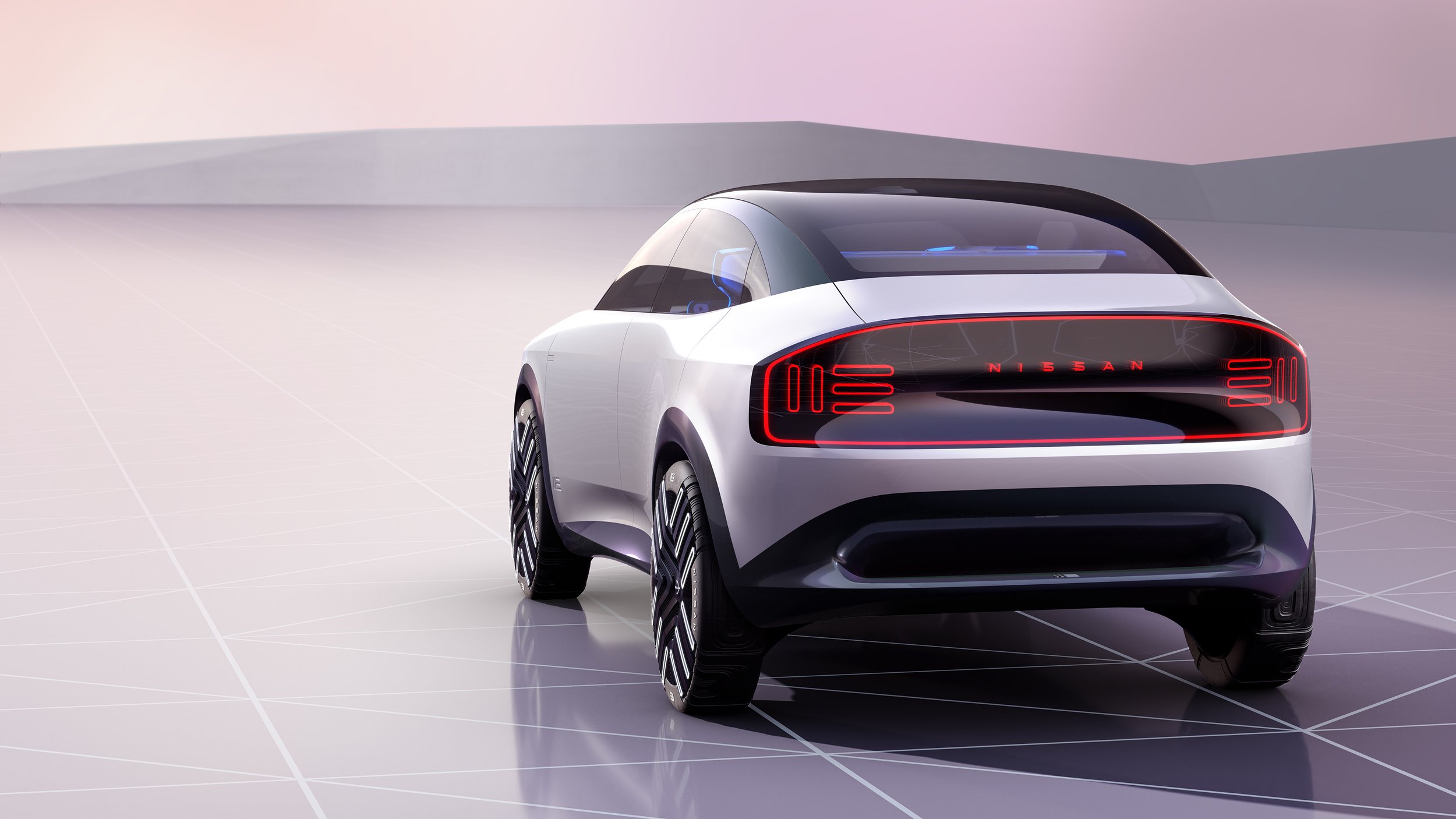
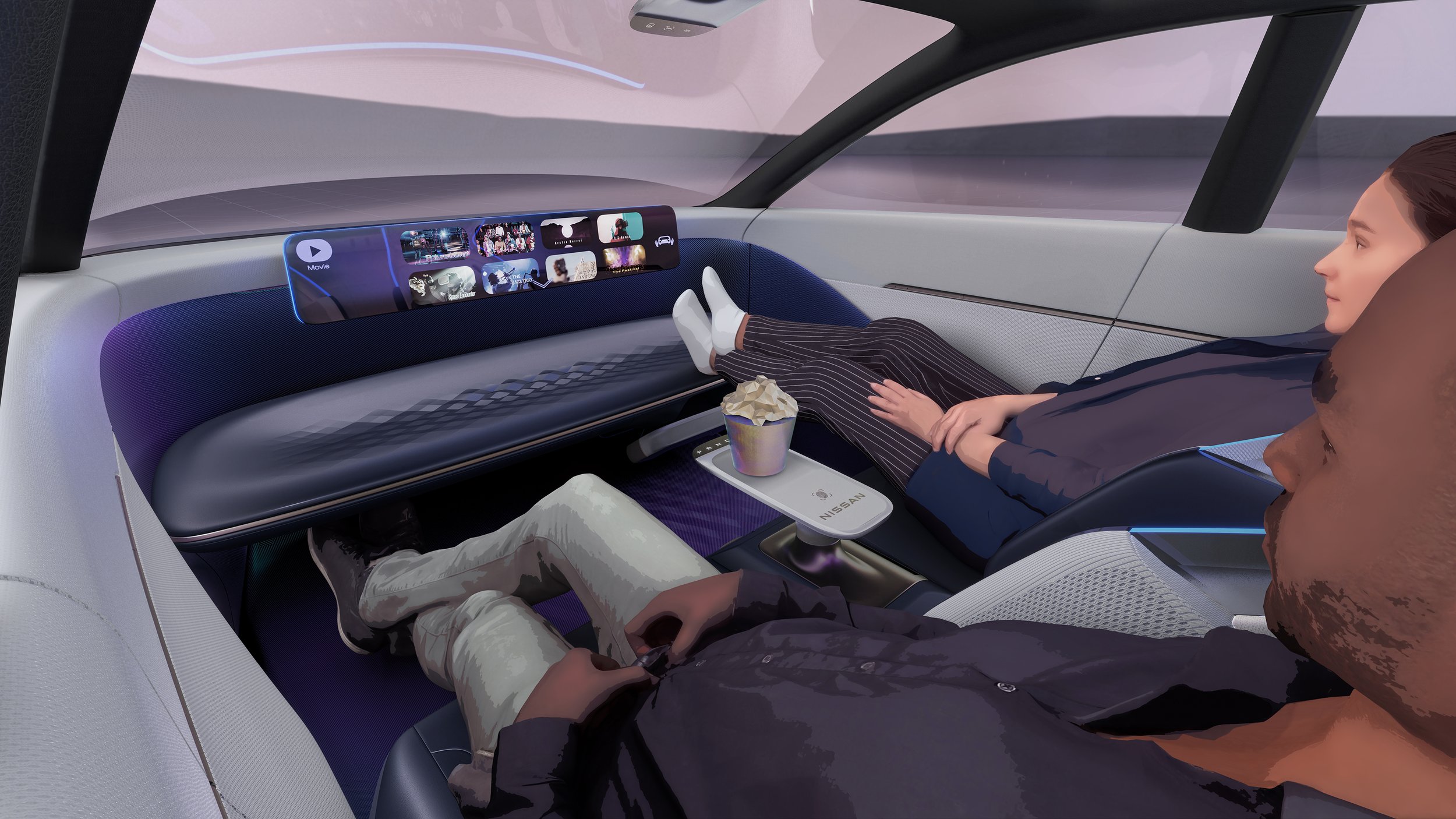
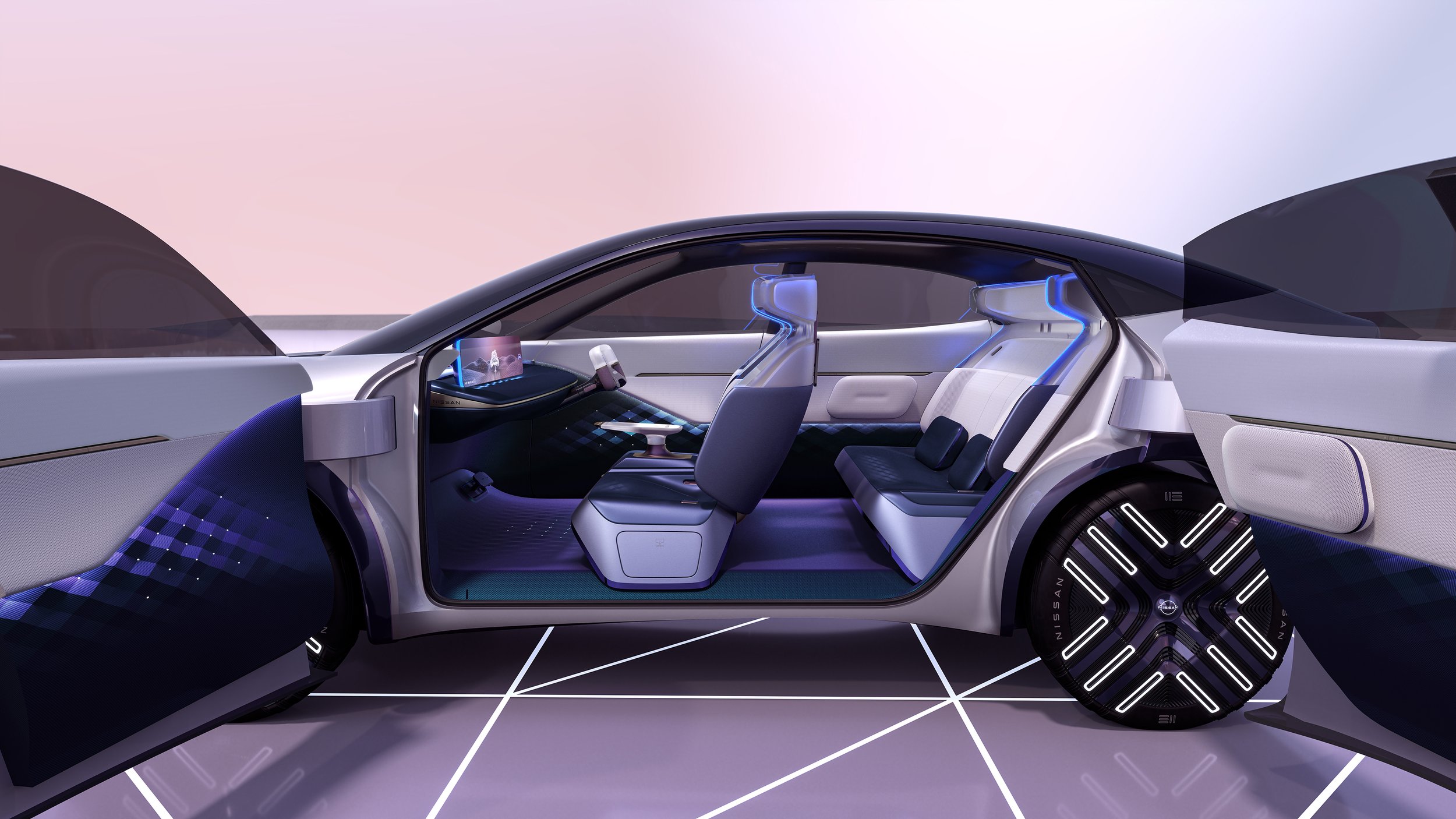
(The Chill-Out concept stood front and center in Nissan’s Ambition 2030 presentation)
Somewhat surprisingly the company is forecasting an “electrified” adoption rate of 55% in its home market of Japan by 2030, making it the second highest region in electrified vehicle adoption behind Europe, which is forecast to be 75% electrified by that time. Both China and the United States are forecast to have a 40% electrified adoption rate by 2030.
Following in the footsteps of Toyota, which has announced its research and development initiatives in the area of solid-state batteries, Nissan is aiming to launch a model with a proprietary all-solid-state-battery (ASSB) by fiscal year 2028. The company aims to have a pilot production line in place for the solid-state packs by 2024, with a goal of bringing down the cost of the packs to $75 per kWh by 2028, with an ultimate goal of $65 per kWh.
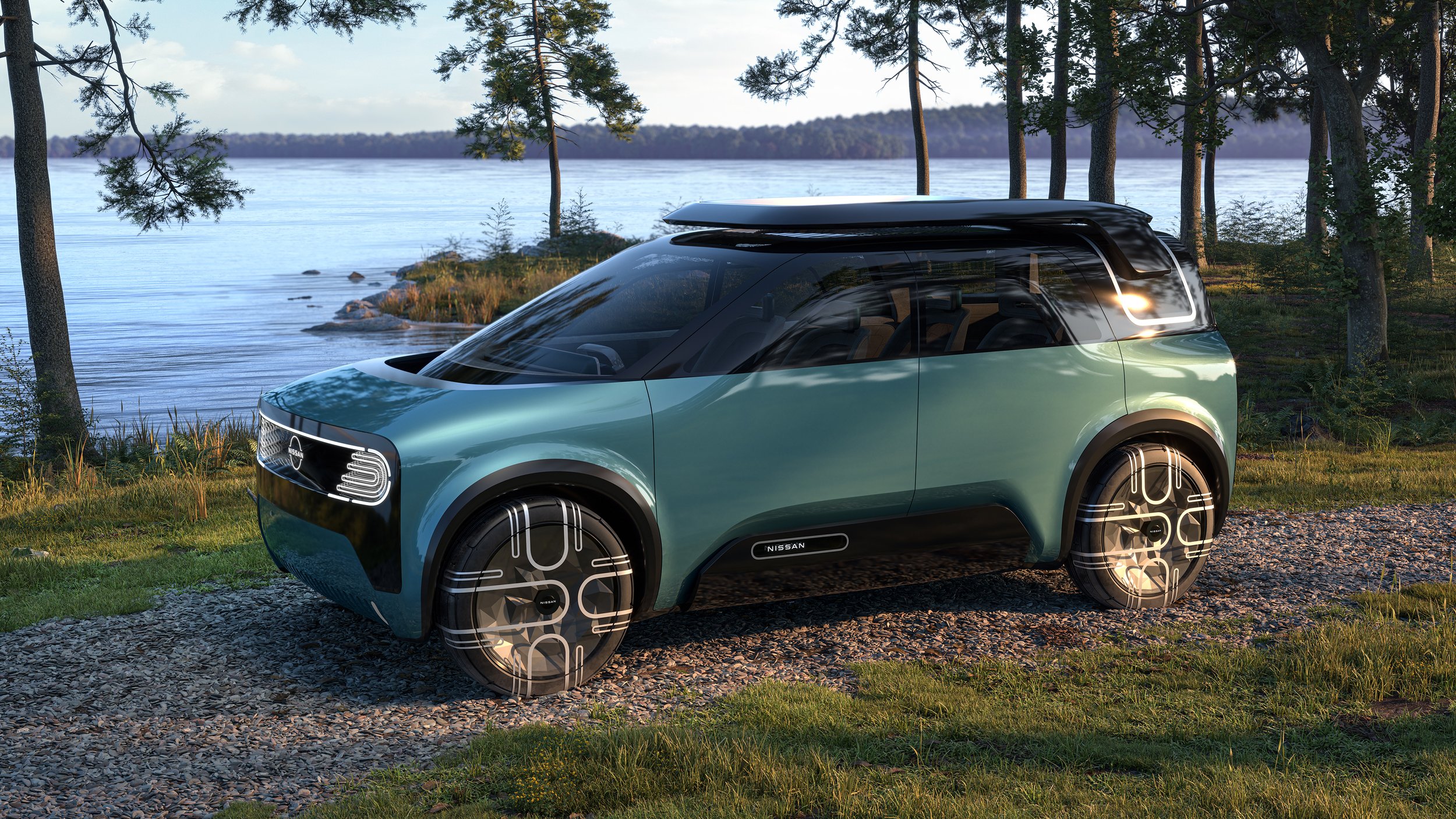
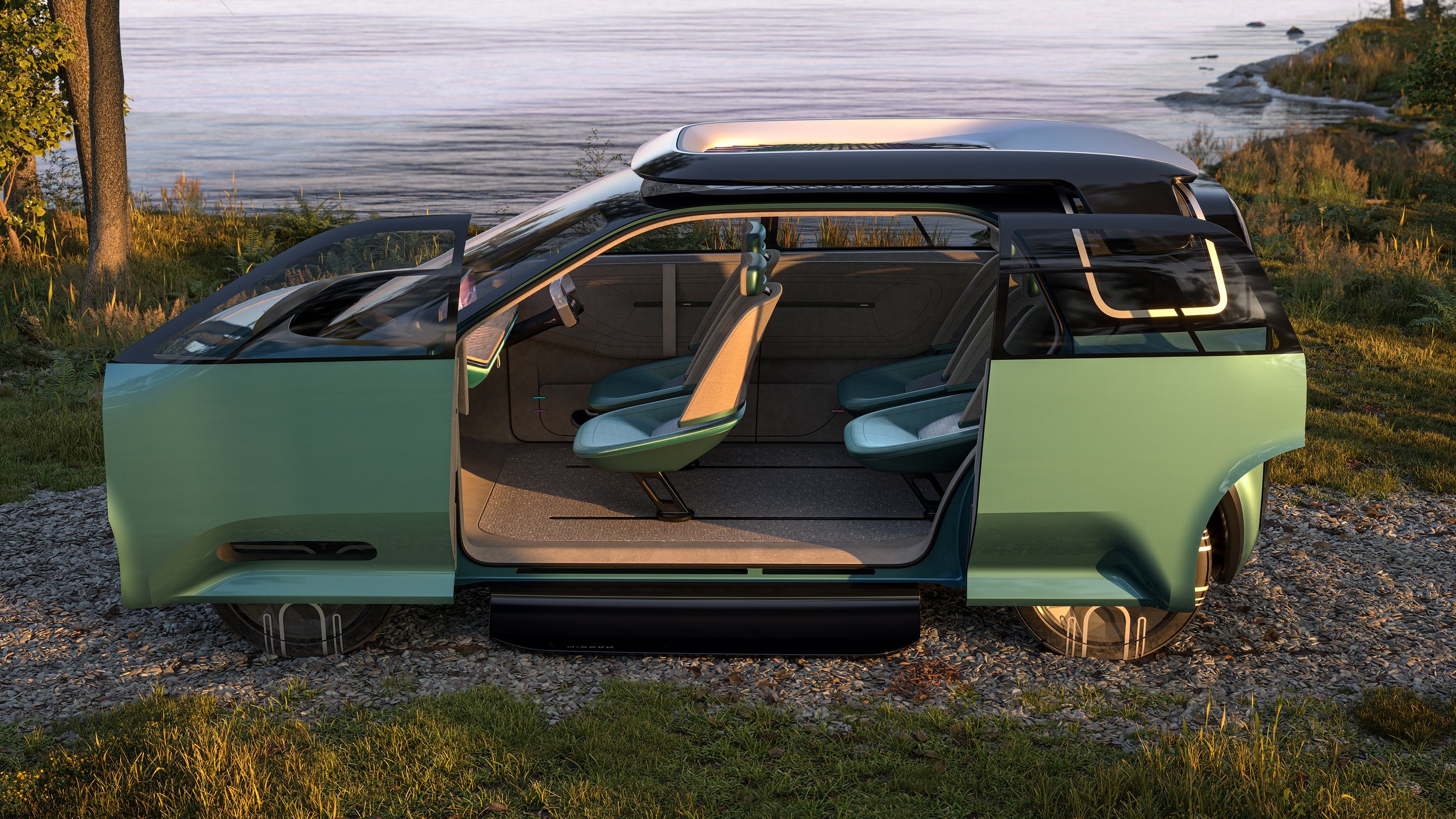

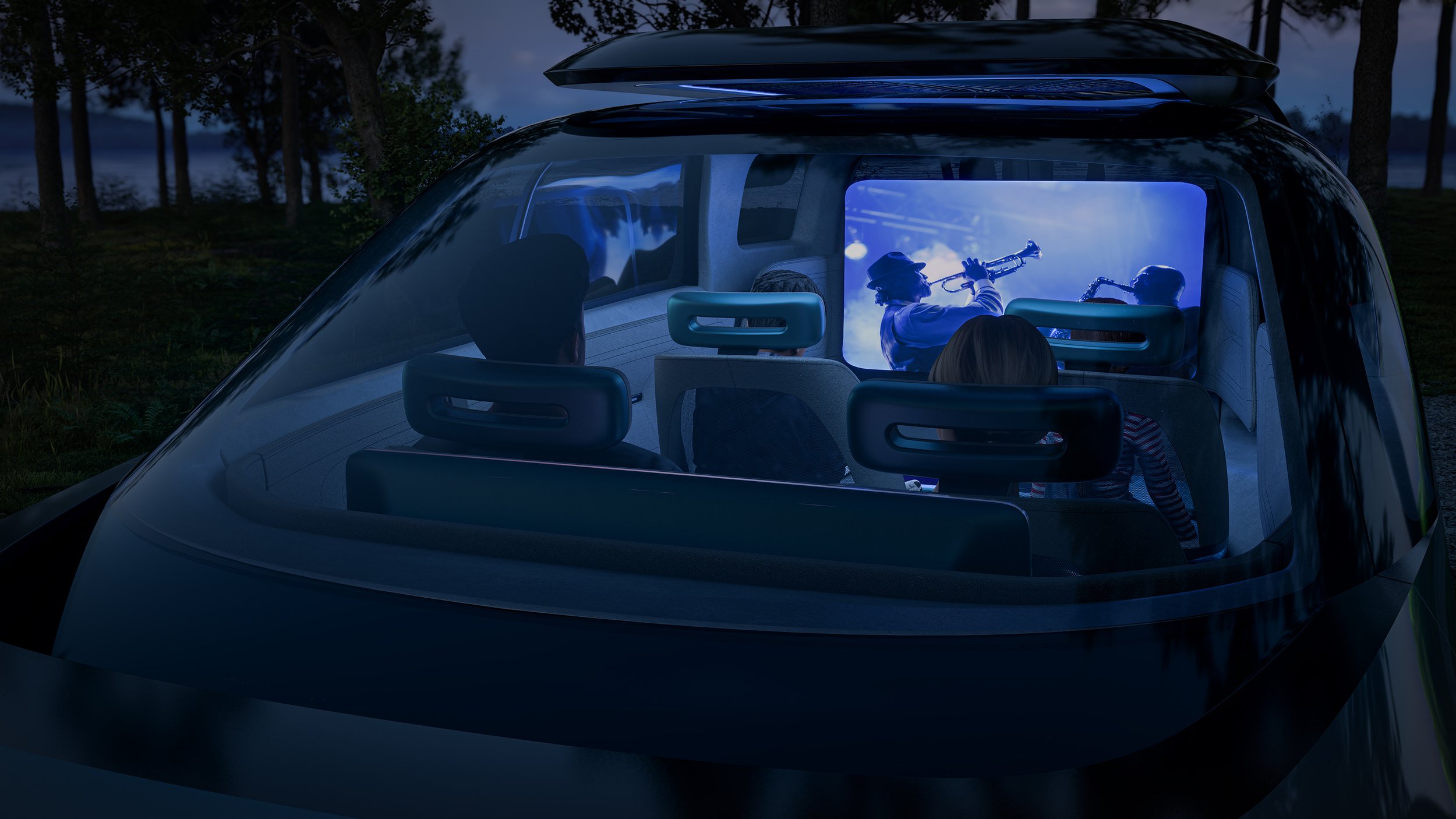
(The Nissan Hang-Out concept turns into a movie theater on wheels.)
As part of the initiative, the company showed four concepts: the Chill-Out sporty crossover, the Hang-Out lounge-like crossover, the Max-Out sports car, and the Surf-Out pickup. Each of these models is enabled by what has now become the standard form factor for EV powertrains, a “skateboard” platform with a central flat, low-mounted battery pack, and motors at one or both ends.
While Nissan’s announcement is laudable, considering the company’s early lead nearly a decade ago, one can’t help but wonder how far along the company would be if it had continued its investments in EV technology, rather than arguably squandering its resources on a second-generation Titan (which has never met sales expectations).
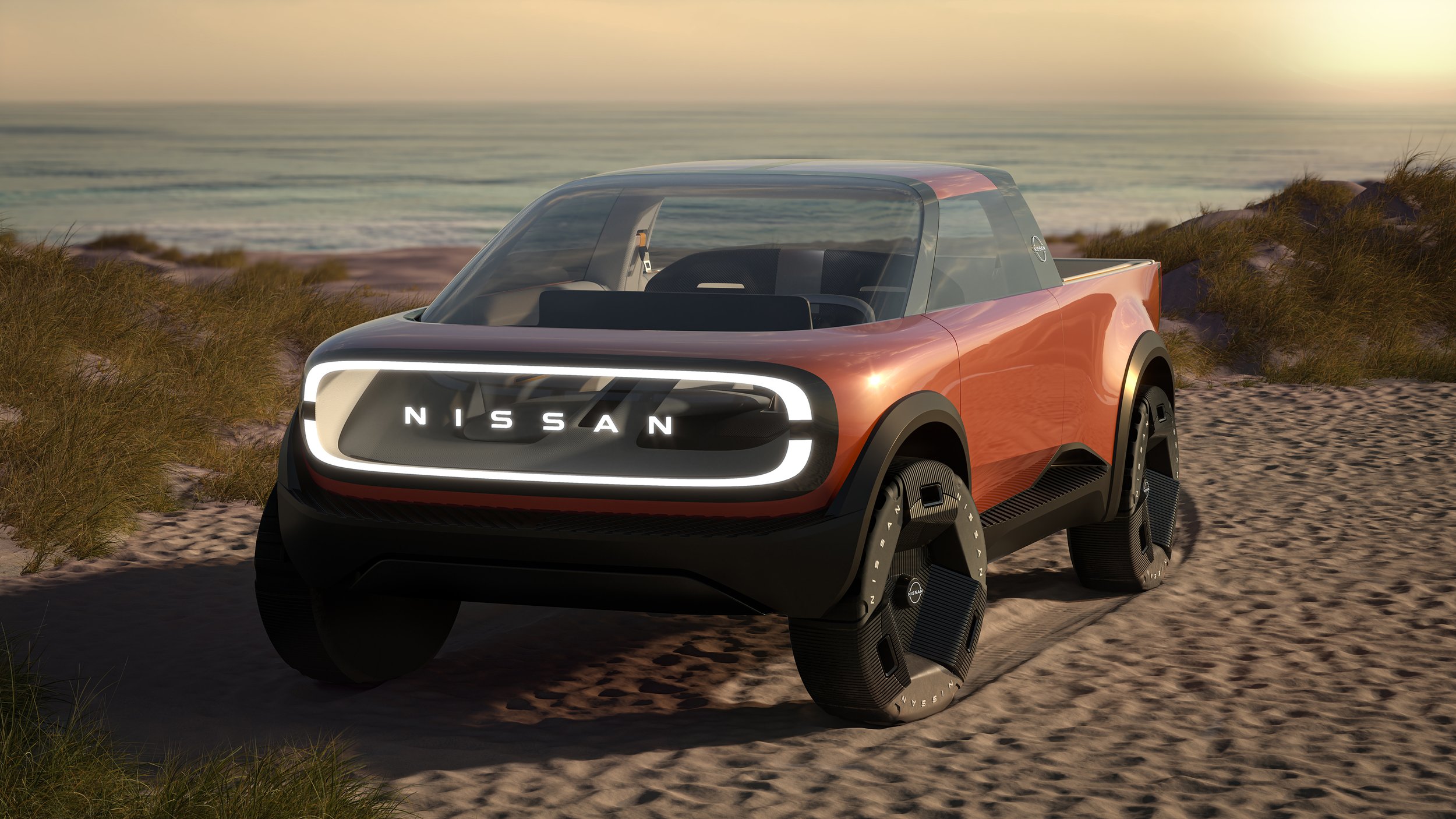
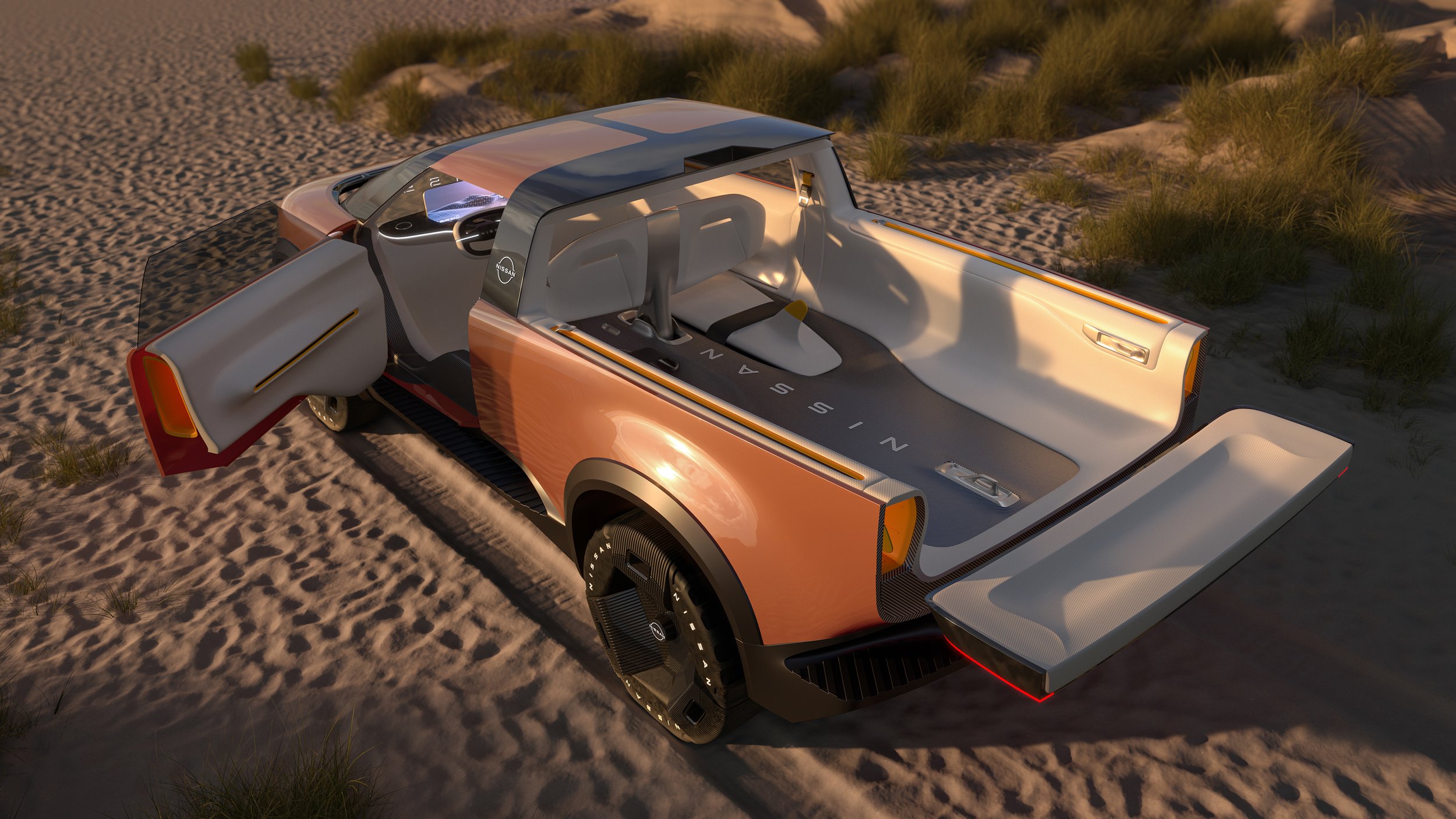
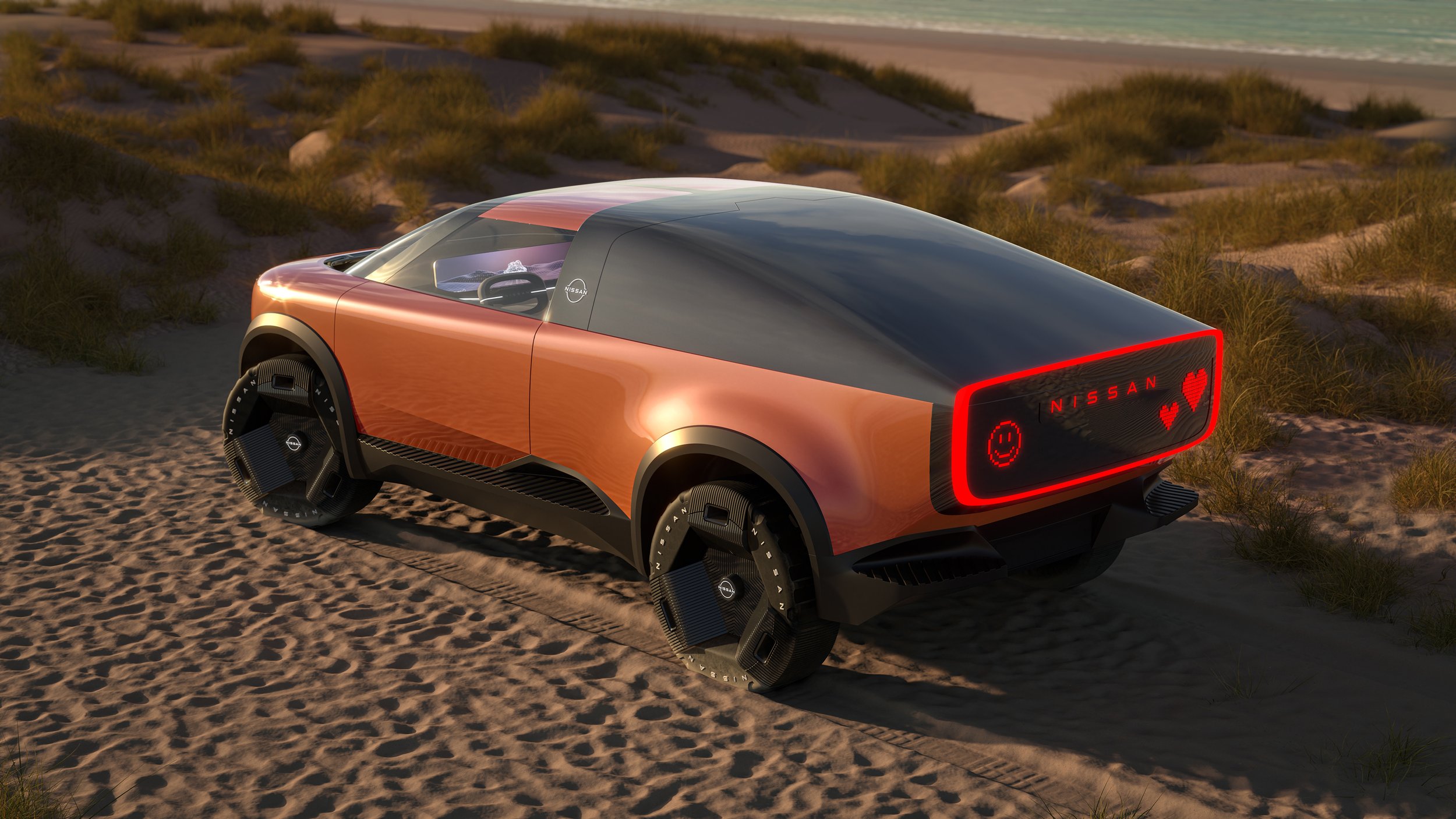
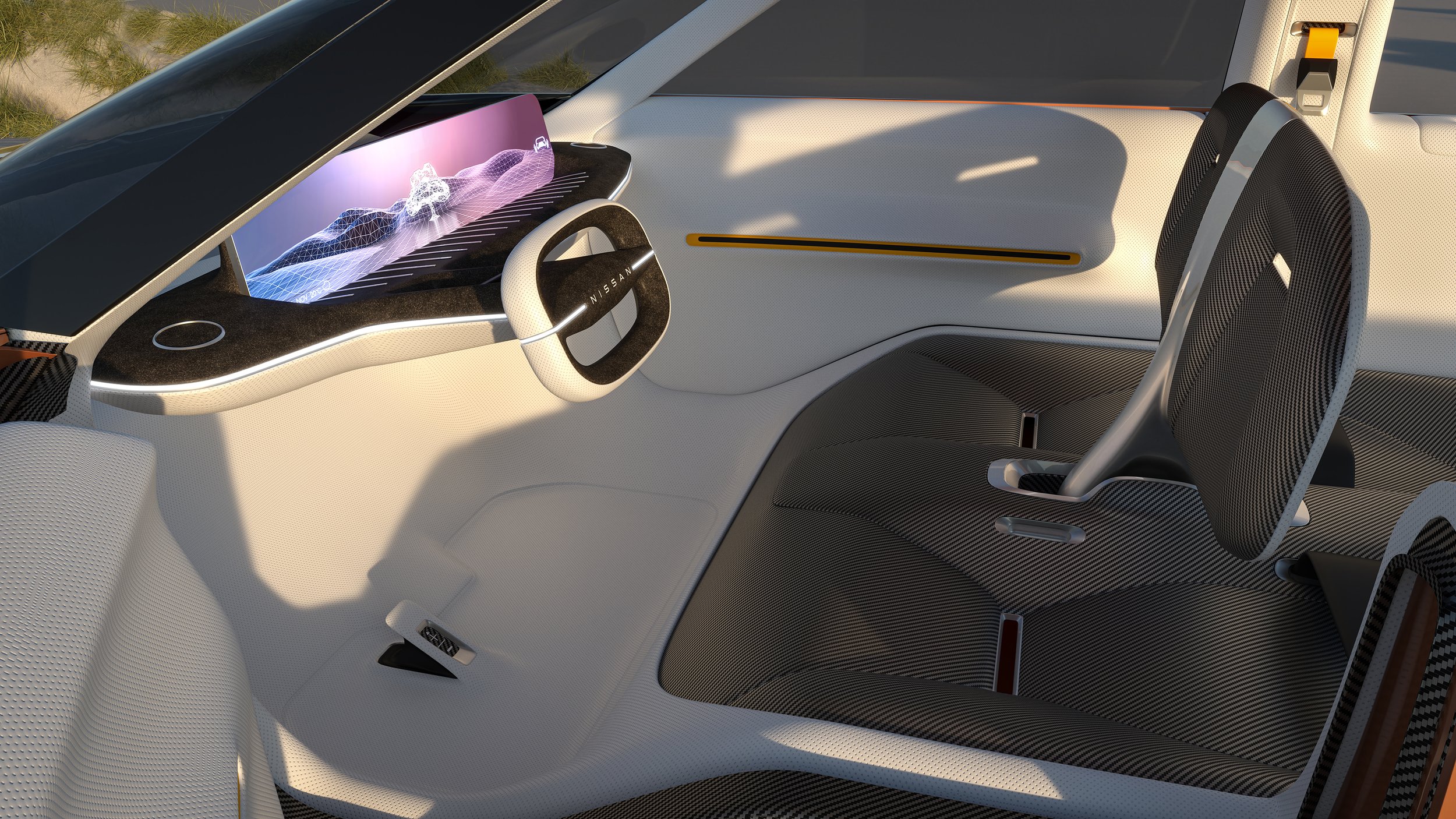
(If anything, the Surf-Out concept showcases Nissan’s intent to eventually release an electrified pickup.)
As the saying goes, hindsight is 20/20, and considering the overall automotive industry’s rapid pivot toward electrification in the last few years, Nissan may have made different strategic decisions. Hopefully the company can regain its position as one of the leaders in battery electric vehicles as part of this ¥2 trillion ($17.6 billion) investment.
(Main image of Nissan Max-Out concept. All images courtesy Nissan.)
- Store - Podcast - Facebook - Google News - Twitter -







